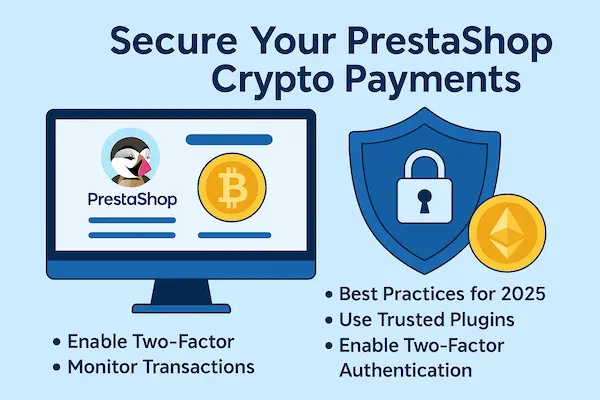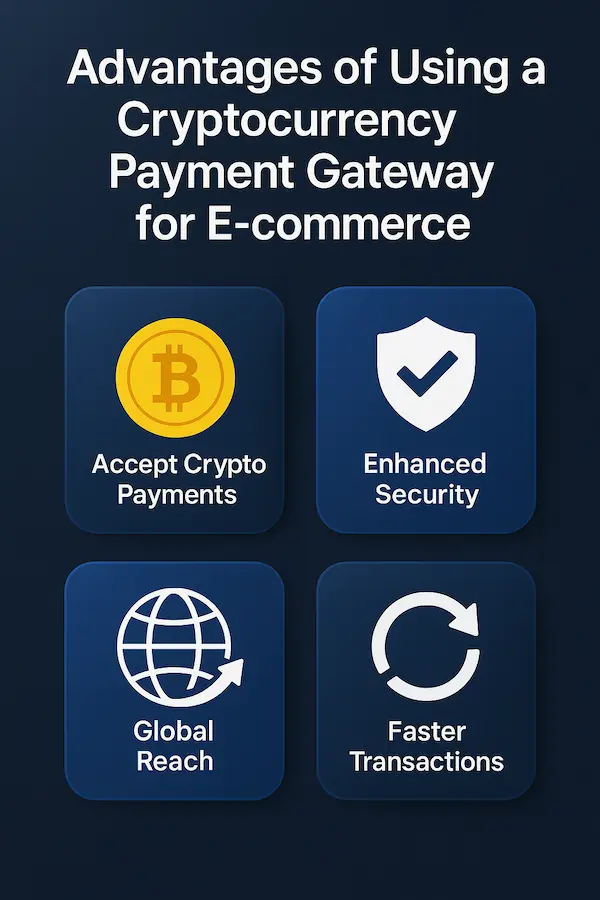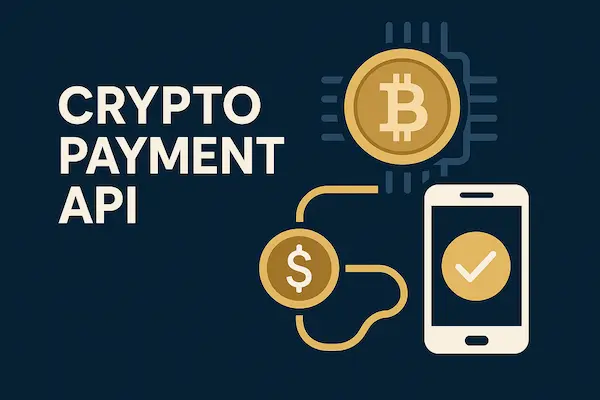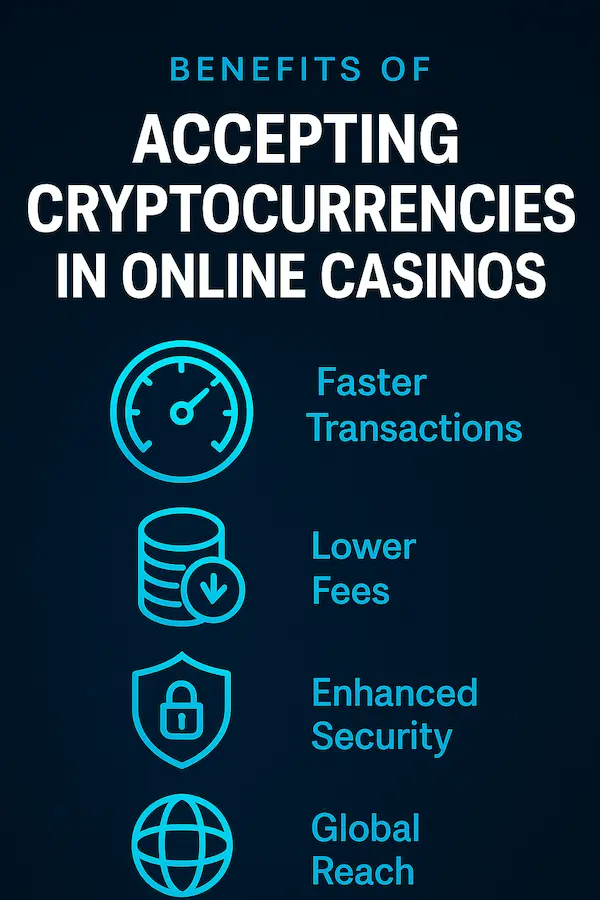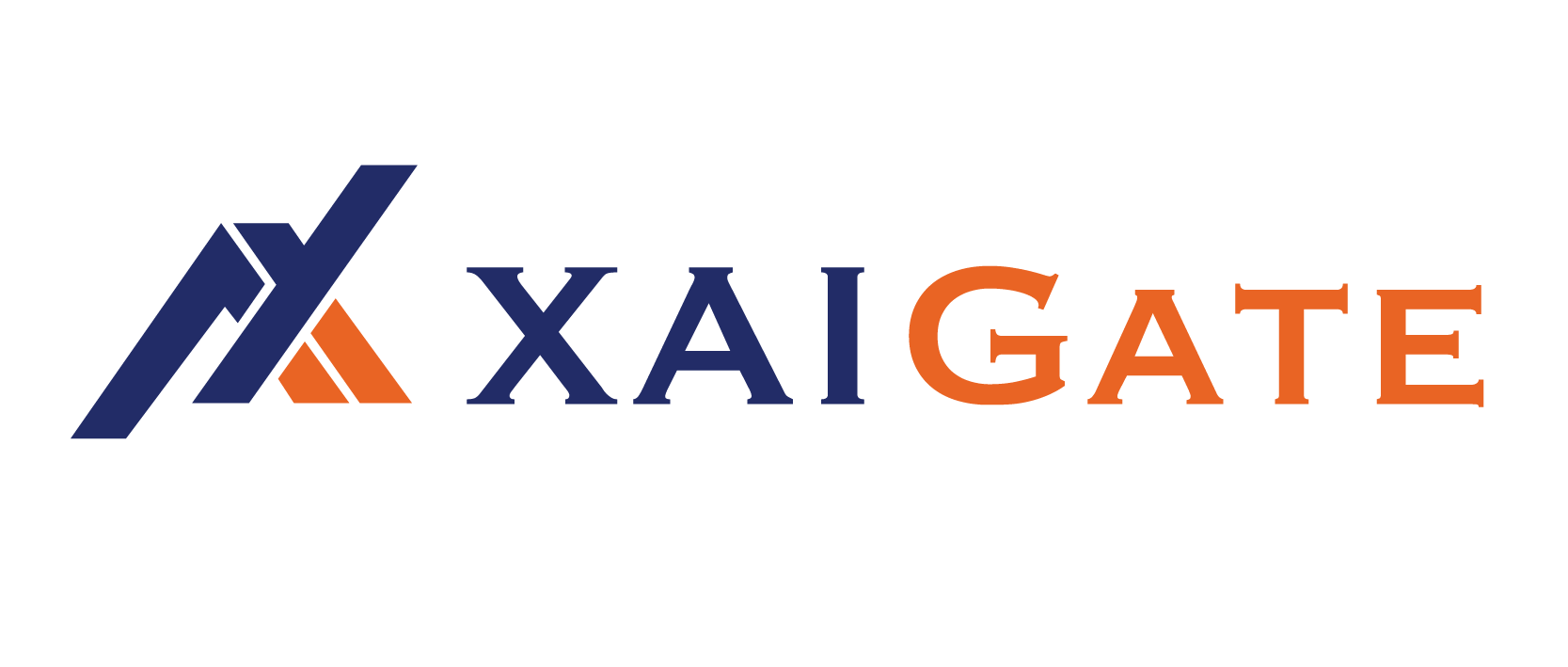Buzz around Bitcoin transcends marketplace disruption: It offers cheaper fees, quicker transactions, and opens access to a global clientele. Yet, when entrepreneurs or freelancers search for how to receive bitcoin as payment, they often hit a wall of uncertainty. Conflicted and uninformed about the necessary legal and tax complianceations, some may find the initial technical configurations daunting. This guide eliminates confusion and unnecessary difficulties. We’re going to walk you through the entire process, providing a comprehensive, step-by-step roadmap for mastering how to receive bitcoin as payment confidently and compliantly in 2026.
Contents
- 1 Moving beyond the hype: Why master how to receive bitcoin as payment now
- 2 Phase 1: Setting up all the basic components to accept bitcoin as a form of payment
- 3 Phase 2: Technical solutions for your business model
- 4 Removing risks associated with volatility: Receiving bitcoin as payment without worry
- 5 Phase 3: Mastering compliance when you receive bitcoin as payment
- 6 Real-world application: Practical scenarios for how to receive bitcoin as payment
- 7 Conclusion: Welcome the future of payment systems with confidence
Moving beyond the hype: Why master how to receive bitcoin as payment now
Accepting Bitcoin is not a fad; it is a decision that ultimately impacts your profitability and reach. In a world where digital payments are the norm, understanding how to receive bitcoin as payment positions your business for future success. It addresses some of the more unresolved issues of complex legacy transactions.

Accessing more profitable opportunities with lower fees and immediate transaction realizations
Fees associated with credit cards and Paypal services fall within the range of 2% and 4% per transaction. With thin margins, the fees are potentially income-destructing. Learning how to receive bitcoin as payment makes available a payment rails system with fees a fraction of that. Over Bitcoin, payments are confirmed and available in minutes, greatly improving your business’s liquidity and cash flow.
No more chargeback anxiety
When a local business can accept bitcoin as payment, it becomes a global business. Customers from other countries can pay without complex and expensive wire transfer systems, high cross-border payment fees, and slow processing times. If you learn how to receive bitcoin as payment, you will be able to eliminate the majority of chargebacks associated with credit card payments because payment for charge bitcoin is final and payment instructions can never be revoked.
Competing in Global e-commerce
When a local business can accept bitcoin as payment, it becomes a global business. Customers from other countries can pay without complex and expensive wire transfer systems, high cross-border payment fees, and slow processing times. This allows one to reach a wider range of potential clients and create a competitive advantage on other businesses that still rely on traditional banking systems.

Phase 1: Setting up all the basic components to accept bitcoin as a form of payment
You need to have the infrastructure to hold bitcoin before you can complete any transactions. This process starts with the creation of a digital wallet to hold and secure your digital assets.
The different wallet streams: Custodial and non-custodial
The wallets you select will determine how you hold your bitcoin, which is an essential decision. It all hinges on custody, an essential cryptographic variable considering control. Who will control the private cryptographic keys that unlock your value?
Non-custodial sovereignty: The Xaigate wallet approach
The non-custodial or self-custodial can be dubbed as the “be your own bank” option. You have complete control over your private keys, and as a result, over your bitcoin. Wallet services like Xaigate Wallet complete this by offering users other control and security features where no third party can freeze or seize your ion assets. While this method places total accountability on you for security (backing up your seed phrase), it provides the utmost financial sovereignty. This option is most popular among individuals and businesses that wish to have complete control on how to receive bitcoin as payment.
Custodial convenience: When simplicity trumps control
n this scenario, a custodial wallet is provided by a third party, like a cryptocurrency exchange or a payment processor. With this option, they take on the responsibility of managing the private keys. This is usually the most straightforward option for newcomers, because the third party takes care of the security and backups. Nonetheless, it entails a degree of trust in that company for your assets to be safe. For businesses that are geared towards instant conversion of bitcoins to fiat, custodial services often provide the most seamless operational experience.

Generating the digital invoice: Addresses and QR codes
After creating your wallet, you need a way to instruct the payer to send you the funds. Each bitcoin wallet can produce one or several bitcoin addresses – a lengthy and unique alphanumeric string. This address is the only information you need to receive btc as payment.
To streamline this process, each address is assigned a QR code. For in-person transactions or for a desktop-to-mobile transaction, display this QR code (on a phone or computer screen) and let the customer scan it with their wallet app. This process considerably reduces the chance of errors in data entry and also quickens the transaction. It is seamless.
Phase 2: Technical solutions for your business model
How you learn how to receive bitcoin as payment depends on the type of business you have, the complexity of your order, your business model, and whether it is a high-volume e-commerce store or a simple freelance service.

E-commerce integration: The plug-and-play solution (woocommerce/shopify)
The simplest and most effective solution for e-commerce businesses on Shopify, WooCommerce, or Magento is to use a dedicated payment plugin. These plugins are made to be “plug-and-play.” You just install the extension, enter your unique API credentials an’ from a provider, and the plugin will automatically add a Bitcoin payment option to your checkout page. It will perform all the complex calculations needed for the customer to pay and for you to receive the fiat equivalent.
Freelancers and service providers: The simple payment link
For freelancers and service providers, embracing the simple payment link option allows payment flexibility outside of a formal shopping cart. When working with many payment processors, you can create unique, reusable payment links, or buttons, and embed these into invoices, email signatures, or a dedicated “Donate” page on your site. When clients click the link, they are instantly presented with the right amount of bitcoin and a QR code. This flexibility enables service providers to answer the question, “how to receive bitcoin as payment” with ease.
Enterprise operations: Custom api integration for seamless flow
For enterprise operations, the ultimate solution for large corporations or tailor-made e-commerce systems is a powerful Application Programming Interface (API). This enables your dev team to embed the payment process into your site’s back-end infrastructure. Although this requires more initial technical effort, it provides complete autonomy over the customer journey, plus the added benefits of customizing the branding and blending it with the inventory and accounting systems. A strong, well-documented API is essential for any high-volume business focused on the long-term goal of how to receive bitcoin as payment efficiently.
Removing risks associated with volatility: Receiving bitcoin as payment without worry
Price volatility is the number one concern of merchants inclined to accept Bitcoin. While such concerns are understandable, they are completely unnecessary given the technological advances in modern payment systems. You will absolutely not have to take the risk yourself.

The instantaneous crypto-to-fiat conversion mechanism
The number one feature of a modern Bitcoin payment processor is automatic crypto-to-fiat conversion. Here’s how it works: Once a customer begins a payment in Bitcoin, the payment processor locks in the crypto’s current value relative to the chosen fiat currency (USD, EUR, etc.) so it will be guaranteed stable payment. Once the Bitcoin transaction is confirmed, the payment processor will convert the crypto to fiat of your choice and transfer the stable fiat to your bank account. No need to worry about the conversion loss.
Predictable revenue and stable profit margins
The automatic and instantaneous conversion feature of the processor ensures the merchant receives the exact USD or EUR amount regardless of the value of Bitcoin when the transaction is completed. The revenue will be unaffected by the performance of the Bitcoin market. The merchant will enjoy low payment processing fees and swift payment settlement. This mechanism is critical for any business that needs predictable revenue and is the core reason why learning how to receive bitcoin as payment is now a risk-managed, viable strategy.
Phase 3: Mastering compliance when you receive bitcoin as payment
This is the essential but frequently overlooked section of the guide. For any legitimate business, understanding the tax and legal implications of how to receive bitcoin as payment is paramount. Receiving cryptocurrency is not a tax-free event; it is a taxable business transaction.

Tax clarifying: How the irs and world regulators see bitcoin as income
As far as the tax authorities, including the IRS, are concerned, receiving bitcoin as payment for a good or service means you are receiving a payment in an asset or property and not in currency. This means there are two separate tax events that you have to account for:
The dual tax event: income and capital gains
- Income Event: At the time the payment is received, the fair market value of the bitcoin is recorded as your ordinary business income. If the service you provided is worth $500, you record $500 in revenue, regardless of what the bitcoin is worth an hour after the transaction.
- Capital Gains Event: If you hold on to the bitcoin (instead of converting immediately to fiat currency) and sell it later for a higher fiat value, you are liable to pay capital gains tax on the appreciation. If you sell for a lower value, you can capital loss.
The need for precise record-keeping and custom tools
The importance of maintaining an audit trail cannot be overstated. It should include the record date, the corresponding transaction ID (TXID), the amount of Bitcoin acquired, and the value of the fiat at the point of acquisition. Fortunately, automated reporting offered by certain crypto accounting tools and sophisticated payment processors, such as Xaigate, keeps track of these details and simplifies tax reporting. Always engage with a tax advisor who understands crypto tax appropriately.
Legal considerations: KYC/AML for payment processors
Every time you utilize a payment gateway, you enjoy the perks of their compliance with international laws. It is a standard practice for such payment processors to follow the Know Your Customer (KYC) and Anti-Money Laundering (AML) protocols. This is positive for merchants since the processor takes care of the regulatory complexities, ensuring that any bitcoin payment you receive is legal and traceable. This adds legal comfort to receiving bitcoin as a payment.
Real-world application: Practical scenarios for how to receive bitcoin as payment
Let’s see how different types of businesses successfully implement systems for how to receive bitcoin as payment.

Read more: Advanced Guide to Crypto Payments on Magento 2
The online boutique: Automated checkout flow
Picture an online clothing store that uses WooCommerce and integrates a popular payment gateway. A customer checks out and selects payment via Bitcoin. The system creates an invoice with a frozen Bitcoin price and a QR code for payment. The customer pays by scanning the code. Once the payment goes through, the system automatically sells the Bitcoin and credits the stable USD amount to the boutique’s account the next business day. The boutique’s bookkeeping is effortless, and their inventory is updated after every payment.
The local cafe: Pos, immediate payment, no volatility issues
A small, trendy cafe that accepts Bitcoin payments with no volatility concerns is still not afraid to use a Bitcoin payment system. Alternatively, they can use the Xaigate Wallet on a tablet next to their Point-of-Sale (POS) terminal. When a customer orders a $5 coffee, the cashier enters the amount and the tablet generates the QR code for payment. The customer pays and the cafe sees the fiat balance instantly, knowing that the Bitcoin has already been converted and locked in.
Conclusion: Welcome the future of payment systems with confidence
The technology for how to receive bitcoin as payment is no longer in its infancy. They are easy to use, sophisticated, and offer benefits that alternative payment options do not. The only things left to be solved are the technical setup, the elimination of volatility with instant conversion, and a compliance framework. Opening your business to the global digital economy can be done with confidence. The integration of modern payment systems can be done to guarantee your business a place in the future of commerce.
Follow XAIGATE’s blog for daily updates!
We’re also on X (@mxaigate), GitHub and Linkedin! Follow us!



